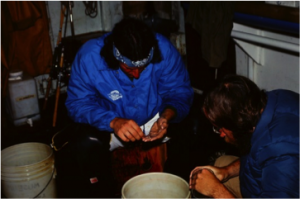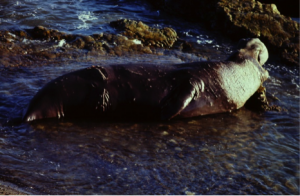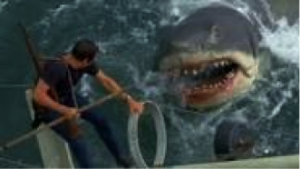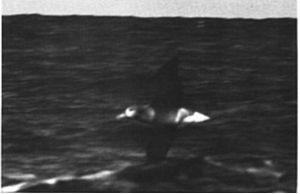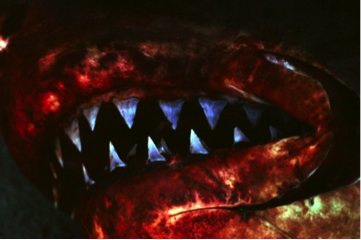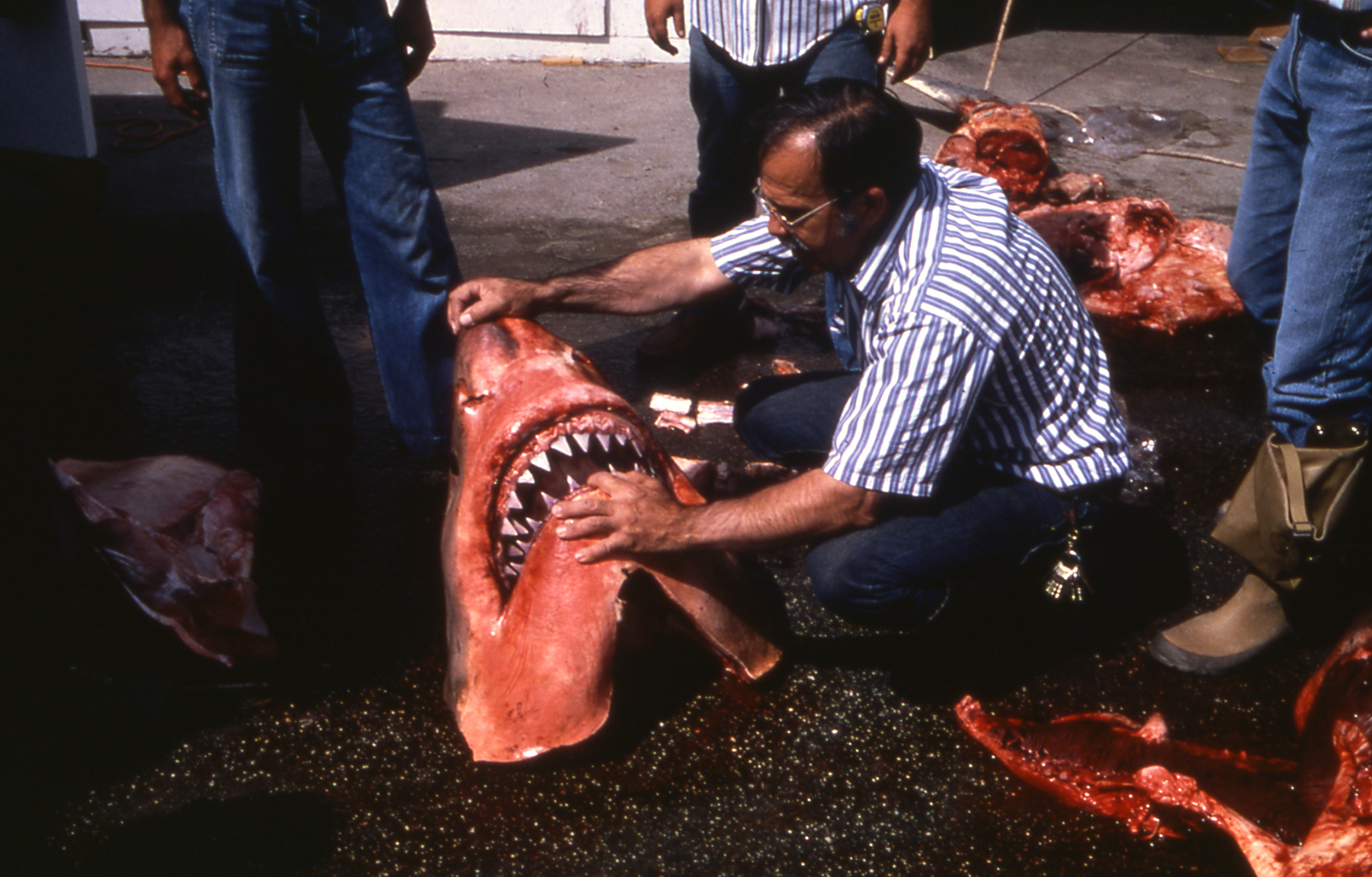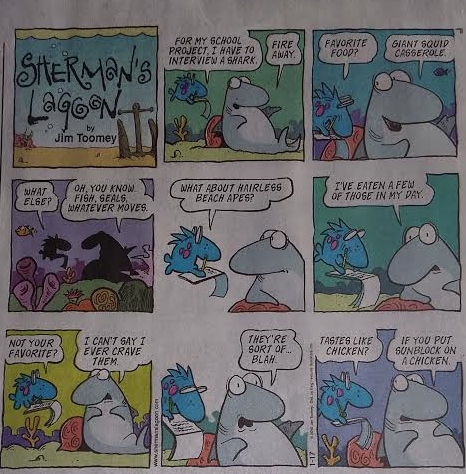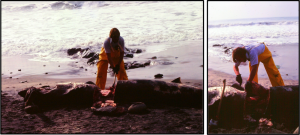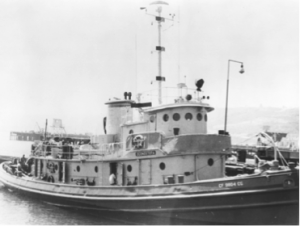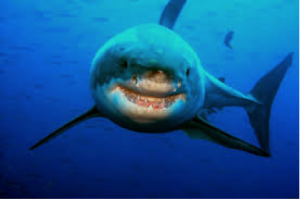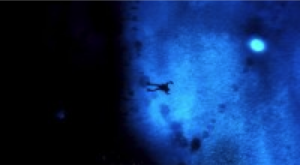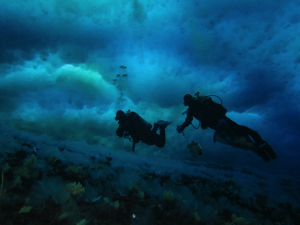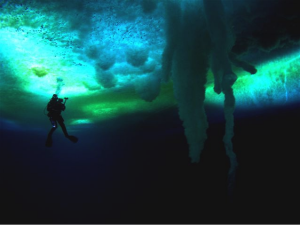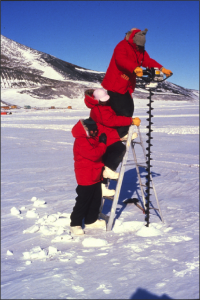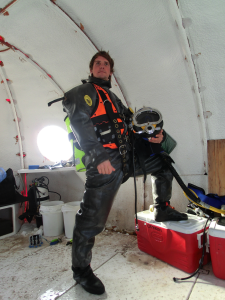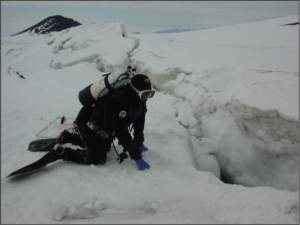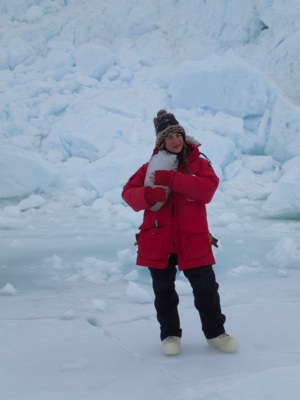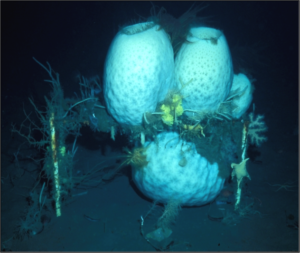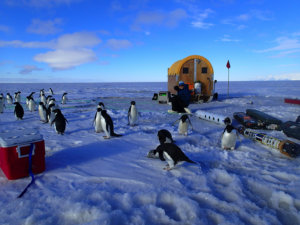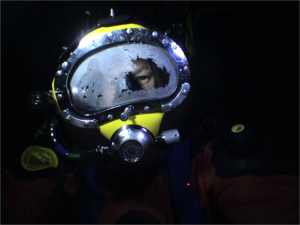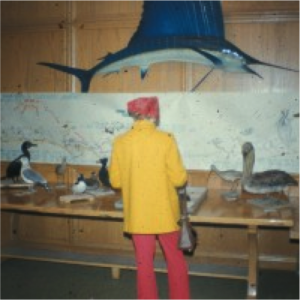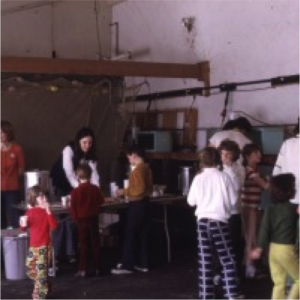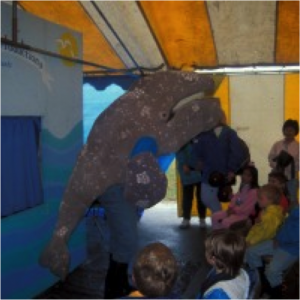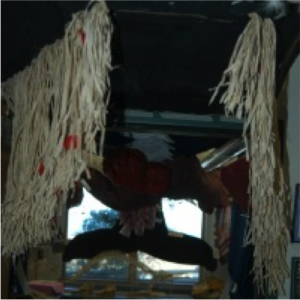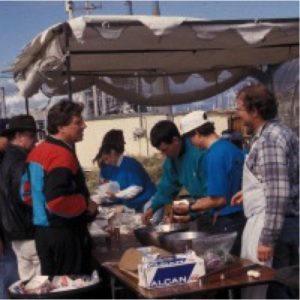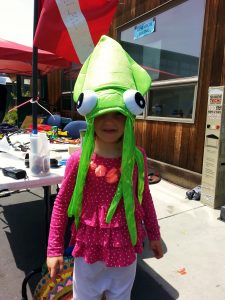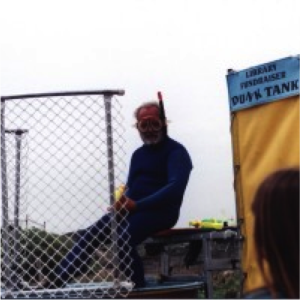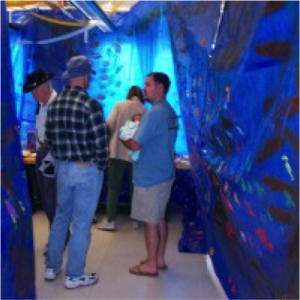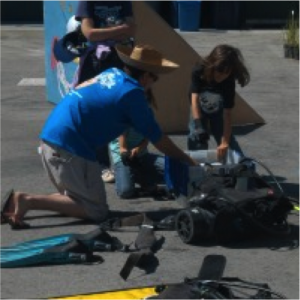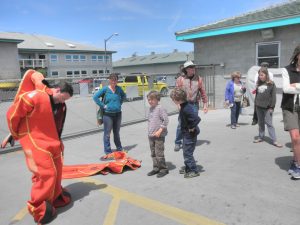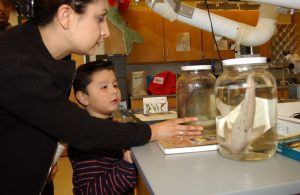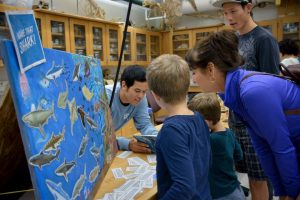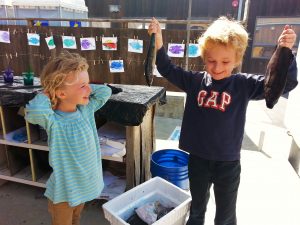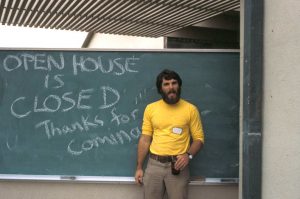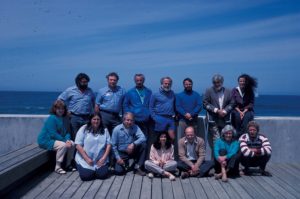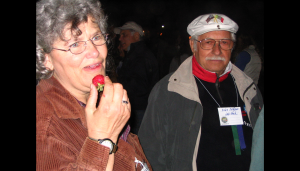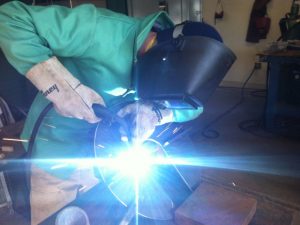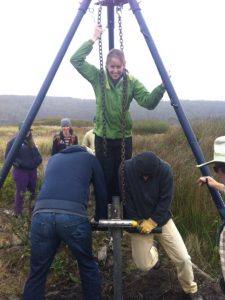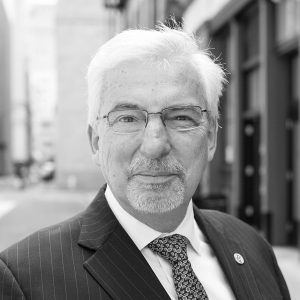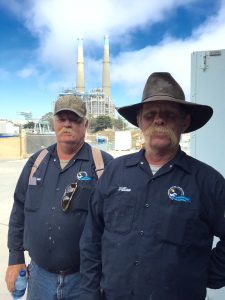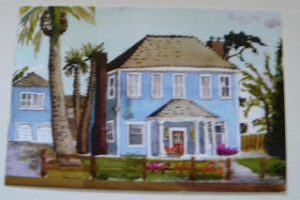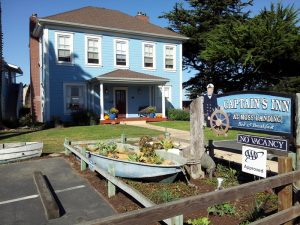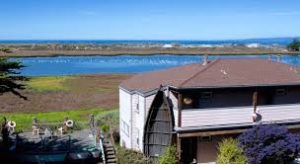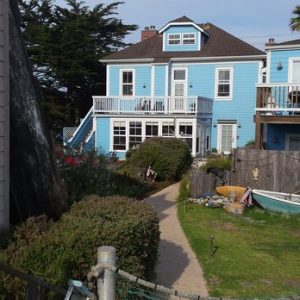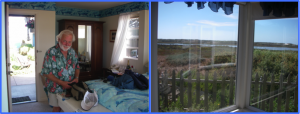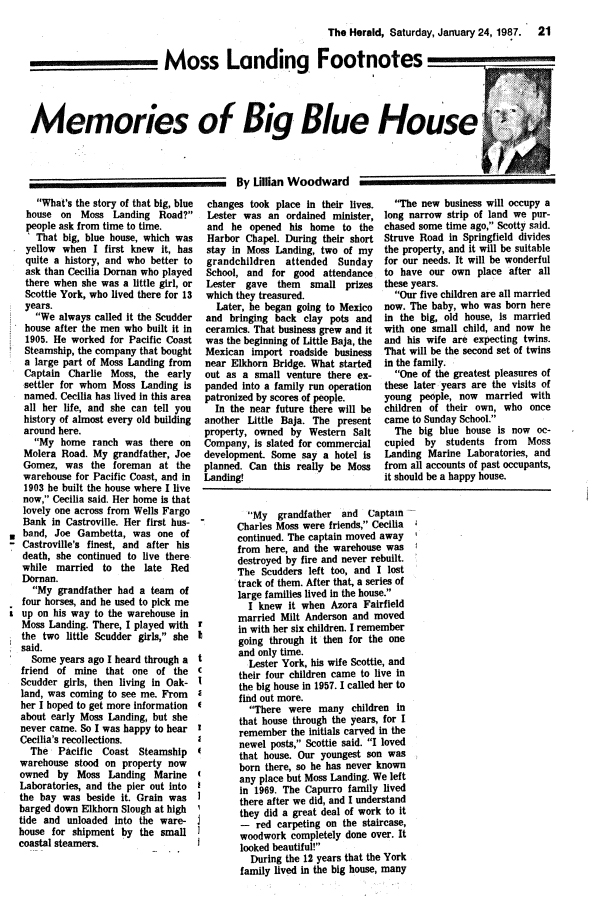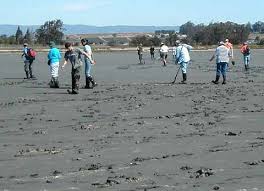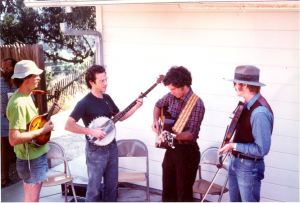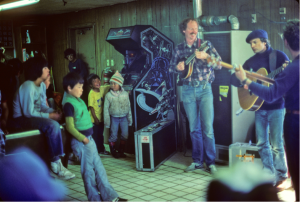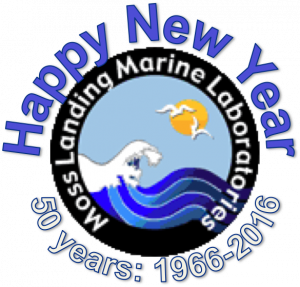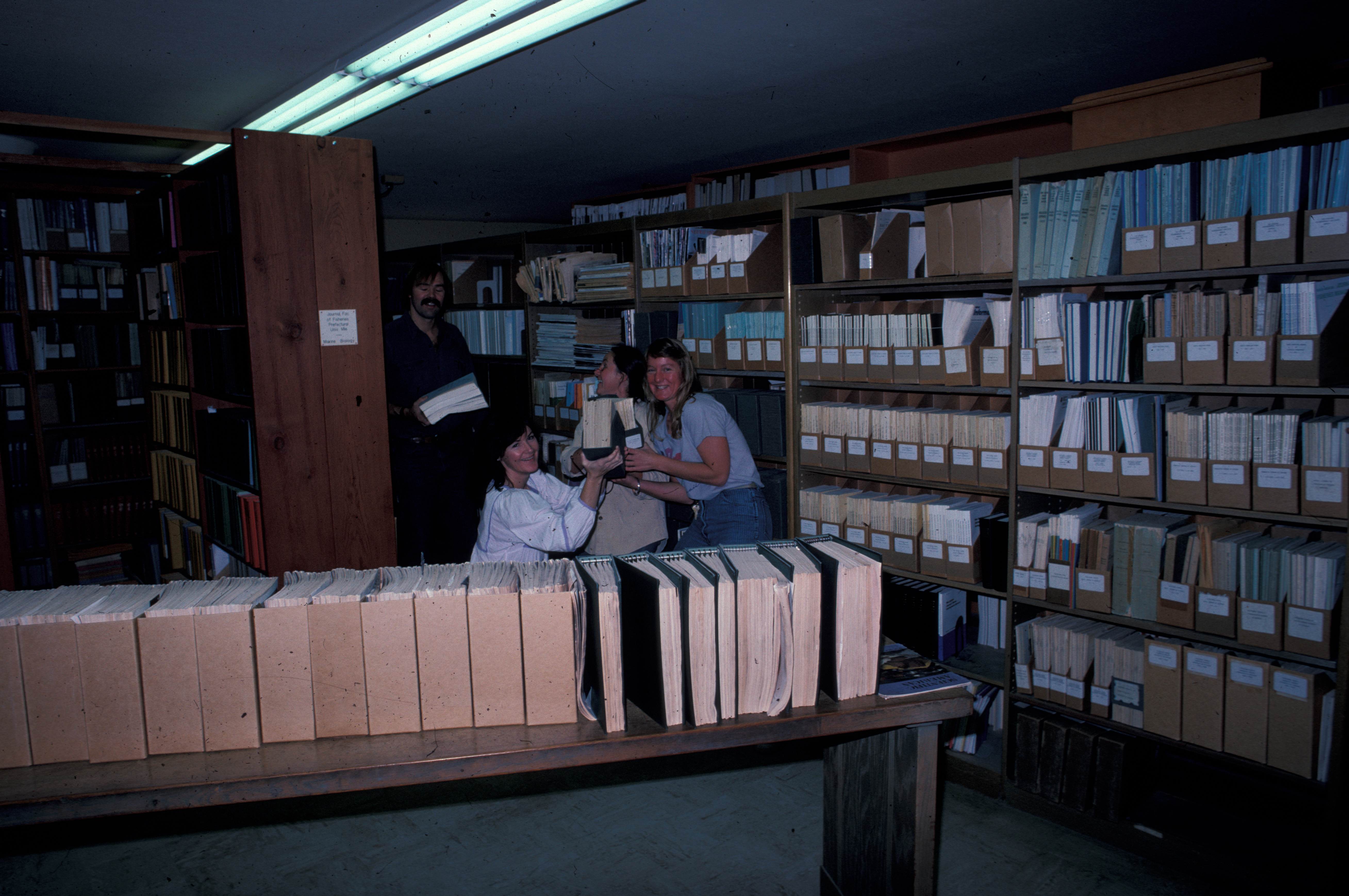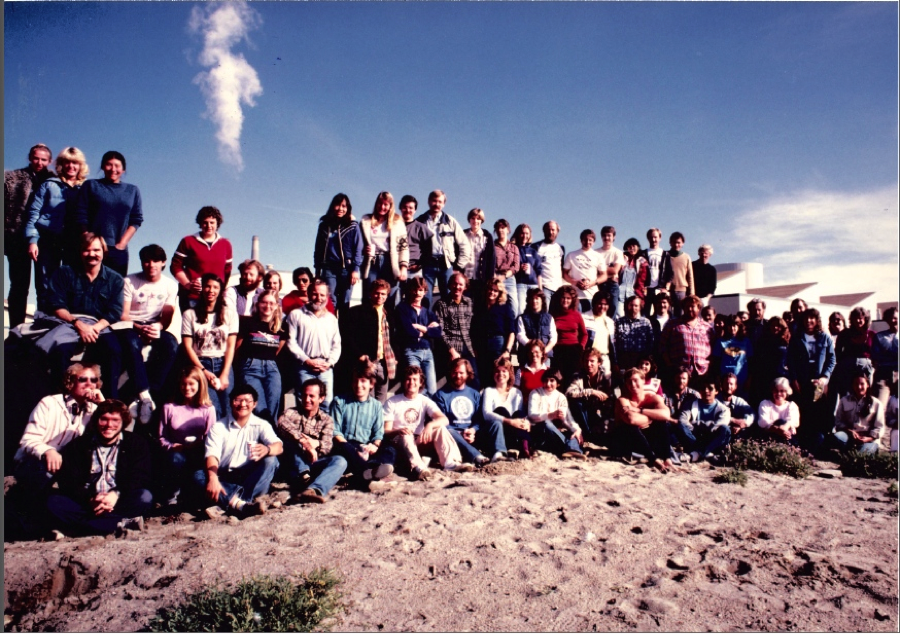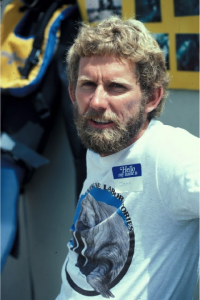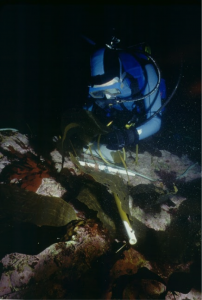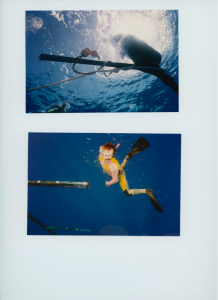by Greg Cailliet
With help from (in alphabetical order) Rich Ajeska, Dave Ambrose, Mark Carr, Mike Foster, John Heine, Roger Helm, Jerry Kashiwada, Stacy Kim, Lloyd Kitazono, Bud Laurent, Dave Lewis, Gary MacDonald, Mike Moser, Dan Reed, and Mary Yoklavich
The Early Years (late 1960s)
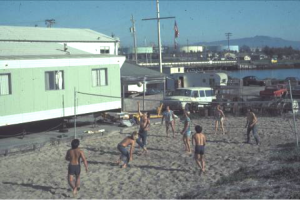
We understand from Jim Nybakken’s early history of MLML (“The Early Years” http://digital.mlml.calstate.edu/islandora/object/islandora%3A1777), that the first beach volleyball court at MLML was built in 1969. He stated that “the student body reported that the student council was developing by-laws and committees, was putting out a newsletter and had set up a volleyball court.” So, in addition to other MLML blogs, here’s one on the history of MLML volleyball.
Dave Lewis recalls: “The Sand Court was already installed when I arrived in ’69 (a good year indeed!)… John Hansen apparently helped spearhead the effort to clear/level the court space and install the poles and net a year or so prior. No ropes, just vague foot-furrows for boundaries, with constant disputes about In or Out. Lots of Jungle Ball until Hal Salwasser showed up (6’6” UCSB player), with plenty of patience to get us at least semi-disciplined. Hal went on for a Ph.D. and became Dean of the Oregon State University Forestry Department (unfortunately, he passed away in October of 2014).
Dave continues “the precursor to the annual Marine Lab Tournament was an annual match with Hopkins, always hotly-contested, rotating venues each year (they had an asphalt court). Early participants included Rich Ajeska, Bud Laurent, Hal Salwasser, Eric Dittmer, Dave Lindquist (the first MLML student e with this name), and Bill Davis. Rich says he was fortunate enough to be there (’69-70’) when Hal arrived and quickly began his task of explaining that volleyball actually had rules!”
“That group also played one year in the annual (4th of July?) tournament in Boulder Creek (on asphalt). We barely lost to the Locals in the final; Salwasser was spectacular. We also had a team in the Salinas Recreation League (indoors) for several years, where we were perennial runners-up to the local powerhouse team comprised of Hawaiian and Filipino guys [I can still remember Sammy Taporco a 5’7” Filipino hitter who hit straight down, either hand, with a spectacular windmill windup motion- You couldn’t figure out which hand he would hit with each time- Unbelievable!],”
“Hal got that early MLML volleyball team into quite good shape over the next few months and we played in the first Hopkins vs MLML match which, not surprisingly, we won - we had Hal on our team, of course we won. It was fun. We did tie-die our team t-shirts, and brought food and copious amounts of beer and our girlfriends/wives came along to cheer us on.” Rich Ajeska provided a black and white photo, taken by his wife, of the starters.
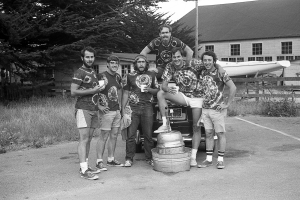
Bud Laurent then says: ““I can only add a few details about the nature of jungle ball and Hal’s redemption of the sport in our hands, if that’s of interest. ...I do recall that the net was more or less an informality, acting more like a gill net on players than something that was to be avoided at all costs. I also remember the sometime-heated nature of our contests, particularly the time when Bill Davis and I had to be pulled apart by the other players from the sweat-drenched, sand-encrusted wrestling match we decided was necessary to resolve some dispute or another.“
The Early Years Continued (1970s-1980s)
Having a beach volleyball court (or two) has pretty much been a pre-requisite for having a marine laboratory, or an institution located on the shore, especially on the west coast and in California. When Mike Foster and I were graduate students at U.C.S.B., we worked hard to build (and used daily) two courts down on the beach below the Biological Sciences building and toward Goleta from the original Campus Point marine laboratory. It was quite a popular place and a good, midday activity for exercise and sunshine.
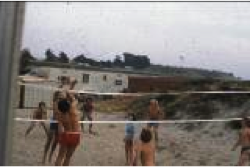
When I (Greg Cailliet) joined the MLML faculty in 1972, one of my first objectives (besides teaching classes, accepting graduate students, obtaining research funding, attending faculty meetings, keeping my job, and working toward achieving tenure) was to construct a proper beach volleyball court, similar to those at U.C.S.B. with the correct characteristics. I did this with the help of many, eager graduate students at the time, including Dave Lewis, Gary McDonald, and others. Dave Lewis added “Your arrival improved the court, really upped our skill-set and emboldened our attitude with tacit faculty approval.” I clearly remember Drs. Broenkow, Nybakken and Morejohn’s irritation….” (See a little more on this a bit later in this blog) This beach volleyball court was on sand to the south of a trailer located next to the large, outdoor seawater holding facility in the yard of the original building, once the rectangular Beaudette Foundation building. Care was taken to use enough sand so that it had sufficient depth, and appropriate dimensions, posts, supports, net size and height, and rope boundary, within reason for the space available. Jerry Kashiwada adds: “One drawback was that the court was built over a seawater-system leach field and occasionally a spring of seawater would bubble up to cause a brief delay in play. Another irritant that drew occasional curses was beach burrs, which which either found their way onto the court or covered errant balls landing in the surrounding dunes.” Dave Ambrose also mentioned the beach burrs, saying “the penalty for retrieving a ball hit out of bounds was feet full of sand burrs.”
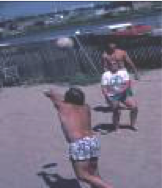
This court hosted many hours of beach volleyball, involving lots of students and some faculty, especially when Mike Foster came to MLML in 1976 from CSU Hayward (now East Bay) and later, when Hank Mullins joined the faculty. Jerry Kashiwada adds “the players were a true cross-section of the lab and also included office staff and technicians. This was the main form of exercise for most of the lab. There were a few runners and surfers but far more volleyball players than anything else.” It was such a popular activity that sometimes people had to either rotate in or wait in line to play. Often, some would start playing early in the day, say 10:00 or 11:00 am so they could get a good game or two of doubles before everyone broke from classes for their noon lunch break.
The proper standards of play were imposed, including serving, hand-setting, bumping, and spiking. Jerry adds: “The early days featured some unique styles including a two-handed pelecypod shot used by Gary McDonald.” Some would say that scuzz dinking was also allowed, but sometimes damaging. However, there were often complaints by some faculty (the names Morejohn, Broenkow, and Nybakken come to mind again) that their students were late returning to class because the lure of the sand, sun, volleyball, and physical activity was too much. As a new faculty member, I had to be very careful about overly promoting this sport during the class day. Remember, I did not yet have tenure.
John Heine adds that “Dr. John Martin, the lab director, was not a fan of the beach volleyball court, but generally left us to it and did not make a fuss over it.” He also pointed out that “The outdoor showers and drains were always full of sand from the volleyball players, and had the well-remembered wooden pallets to keep users’ feet out of the slimy water.” John Heine also wrote a novel called “Marine Dreams,” about the fictitious “Elkhorn Marine Laboratory,” and the novel parallels some of the stories in this blog (and others) about Moss Landing. The pages relating to beach volleyball are 54-56. In it, there are characters that loosely parallel figures at MLML. Remember, “it’s all fiction (except for the Scuzz Dink)!!”
The Middle Years (Sanddab Volleyball)
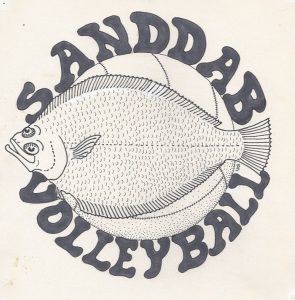
Sometime in the late 1970s, a group of us formed a indoor volleyball group, with the team made up of combinations of six people, and it was named named Sanddab Volleyball. I used to have one of the original t-shirts, but cannot find it. I did find the diagram of the logo and have a scan of it (see photo). We had both men’s and co-ed teams, and played in Watsonville in the evenings.
The Sanddab men’s team won the 1978 Watsonville City Volleyball Championship. Jerry Kashiwada has the trophy that was given to him as an MVP award and is at his home. Jerry recalls: “Greg Cailliet was so amped at the end of the game, I felt like we had won an Olympic gold metal. My main thought at the time was: ‘It was a great way to give a little something back to the professors (Mike Foster was also on the team) who gave so much to their students including the gift of beach volleyball.’” Lloyd Kitazono recalls “playing in a playoff game against a team from Watsonville that was composed almost entirely of Japanese-Americans and they were not tall but they were fundamentally sound. They were not as talented at Jerry K but close. It was a hard fought match that went to 3 games, which we won. I don't have a photo of that team, but I remember that you, Mike F., Jim Oakden, Bob Cowen, Jerry K. and I were on it for sure. Jim Harvey and Bruce Stewart may have been on the team too. I remember you had the "best hands" at the lab and had a killer 2-handed dink.”
Lloyd Kitazono also recalls the co-ed Sanddab volleyball team from 1977 that won the B or C division of the Santa Cruz indoor league. Included are Lloyd Kitazono, Russ Shea (now deceased), Greg Cailliet, Bob Cowen, Roger Helm, Mary Yoklavich and two additional ladies whose names I have forgotten, but the one next to Mary was named Stephanie. [This could also be part of the legend for the photo.]I have a team trophy in my office at MLML (see photo), and think it was from that tournament.
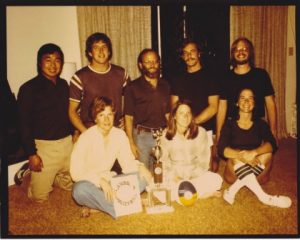
Lots of former students felt that playing volleyball was a good source of exercise, and a de-stressor. At the website http://www.ourstory.com/mlml, I found this group photo from 1981 in front of the trailer on the volleyball court. Jerry Kashiwada also wrote: “As I look back on my years at MLML, the volleyball games seem more like an addiction than exercise. It’s mostly a huge blur but one game that stands out and proves the point was during finals week one rainy winter day - a few of us decided to play anyway and found out why beach volleyball in the rain was not a popular activity, but there are times when none of those inconveniences matter.”
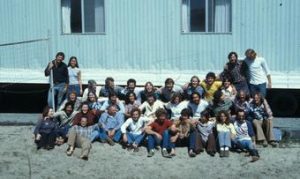
Lloyd, and many others had very fond memories of playing beach volleyball at the lab, but he also remembered that Dr. Broenkow was not very happy when his students returned to class late after lunch because they had been playing volleyball (and that one of these students was his T.A. Lloyd Kitazono)! Lloyd also remembers “playing volleyball in the afternoon after classes were over and we would play until it was too dark to see the ball. My wife was not too happy about that! FYI.” When Lloyd left MLML and started teaching at the California Maritime Academy in 1978, he continued playing volleyball with some students and also formed a men’s club team that he coached for a few years. He later coached three of his daughters in high school for 11 years. After retiring from teaching at the Academy in 2013 after 35 years, he still enjoys watching volleyball, as most of us do – both beach and indoor.
Lab Addition Years (Relocation of the Court to the Sand Dunes)
When the new lab building was added in 1983 to the south, it occupied that space, so we had to build a new volleyball court in the dunes even further to the south. Mike Foster was instrumental in obtaining sufficient field equipment and labor to produce that court, nicely shielded from the north-westerly winds by the remaining sand dunes to the west.
Mike Foster adds “that the main complaint about the court to the south of the pre-earthquake new lab was from George Knauer, who objected to the noise, in his office. ..he brought this up at a faculty meeting and wanted to stop the play or find a new location.” Mike continues to say that he thought this “was the only vote ever taken at a John Martin faculty meeting, and George lost.”
Also, to build the pre-earthquake new lab court, we had to do something with a large mallow bush that was encroaching on the volley ball court area. Mike and John Heine wanted to “trim” it (i.e. cut it back or remove it), but Sheila Baldridge would not hear of it: “It’s a native plant.” She was correct there, and and none of us wanted to upset Sheila. That site also became heavily used, both during the class week, after classes, in the summer when the sun was out sufficiently long, and even on weekends, when we would have all-day volleyball “tournaments.” Many of us recall that a the old sand court, it was fun to get a set next to the sand dune because you could use the dune to jump higher for a spike. It was used during the 25th MLML anniversary in summer of 1991, when visiting MLML graduates came for the celebration.
When MBARI was built next to the MLML Shore Lab, they built a nice sand v-ball court just to the south of our property, and many MLMLers played games there with George Matsumoto, Mark Chaffey, Mike Kelly, and Steve Haddock.
The Monterey Bay Marine Laboratory Tournament
During the middle of the history of beach volleyball at MLML (around 1981), there was a revival of the multi-marine laboratory tournament, including the Monterey Bay institutions MLML, UCSC, Hopkins Marine Station, Granite Canyon Mariculture Lab, the Monterey Bay Aquarium, and sometimes other groups like the California Department of Fish and Game.
From what I can glean from others, the Monterey Bay multi-marine laboratory volley ball tournament was started again by Mike Moser. Mike was at MLML in in the late 1970s and went to LML in about 1979. Soon after he arrived at UCSC, he wanted to start an inter-marine lab beach volleyball tournament for the institutions listed above. Dave Lewis told Mike about the old late-1960s MLML/HMS tournament (already mentioned), but that it had not been held for a while. So, Mike (and others) started the tournament in the early 1980s. It continued until he left LML in 1990 to go to Berkeley. And, of course, the tournament continued after that, but sputtered in frequency.
According to Dave Lewis, “The Ball & Baculum trophy was also created by Mike Moser” (It has also been more politely call the “Ball & Bone trophy”). I have since confirmed with Mike that this was true, but also from Gary McDonald (MLML alumnus; who then also worked at LML and UCSC) that he and Mike “took a funky v-ball, put a crown on it, and put it on a plaque [with sand grains embedded on it].” He continues that they “then got a cast of a walrus baculum [called an oosik by native Alaskans] and mounted it across the ball (Why the baculum? It just seemed like a good idea at the time).
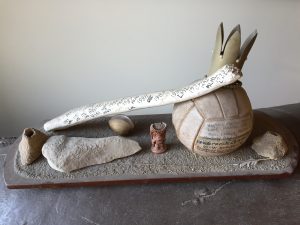
Each year the winner's name and date were written on the baculum of the trophy. The winning institution got to keep the trophy until the next tournament. No one has recorded the years and winners, but MLML volleyball players were early winners, with victories changing hands often after that. There is no official recorded list of years and winners, but that might be a nice project (perhaps for a senior thesis but not for an M.S.. degree). Currently, the trophy is at LML (see photo from Mark Carr, a former MLML graduate student now on the faculty at UCSC).
Mike Foster hopes for another tournament coming soon so we can snatch the trophy back. What do you think new MLMLers?” (http://www.ourstory.com/mlml, under 1981). Major forces switched from tournament to tournament. The MBA team was often lead by one of their tall players, Gilbert VanDykhuizen, who learned much of his skills while a graduate student at MLML. Another major force was UCSC’s LML player Baldo Marinovic, who still goes by the trophy on the way to and from his office. John Heine described one of MLML’s tactics as “scuzz dinking.” He went on to say “while it was customary to set the ball up on the second hit for the spiker, some players would keep the opposition “honest” by sneaking a short set (or dink) over the net, either forward or back,that somehow just barely went over the net, and very difficult to dig. This would would drive Baldo at UCSC crazy!!
And, Mike Foster’s history of MLML (“The Middle Years” http://islandora.mlml.calstate.edu/islandora/object/islandora%3A1778) provides some additional details of some tournaments in the 1980s and described the trophy as well. There, he goes on to say “This is a tradition that really must be restored. So, get out and fix up the MLML beach volleyball court and start playing. Otherwise, when the “Bone & Ball” tournament happens again, MLML will not have much of a chance against marine labs that play regularly.”
The Post-Earthquake Years – Volleyball on the Hill?
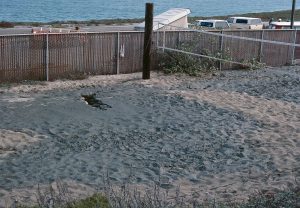
After the earthquake, when forced to move the labs to the trailers in Salinas, beach volleyball virtually ceased, except when some would revisit the court south of the old site. But that too met a different fate when it was restored by the benthic bubs to a natural sand dune with dredge spoils from the harbor and using only native vegetation. The MBARI sand court was used occasionally when MLML folks were at the shore.
Upon the move up to the present MLML site on the hill in 2000, it was determined, and once again lead by Mike Foster, that a court could be dug out, filled, and built to the south west of the present upper parking lots. It is there to this day, but has not attracted much use, especially since both Foster and Cailliet got older and retired, and others (John Heine, Jim Oakden, Jim Harvey, Mary Yoklavich, Stacy Kim, Jim Barry, Jerry Kashiwada, Eric Nigg, Dave Shonman, Chuck Versaggi, Sara Tanner, Dave Ambrose, Kon Karpov, Bruce Stewart, Russ Shea, Bruce Ross, Roger Helm, Lloyd Kitazono, Bob Cowen, Allan Fukushima, Todd Anderson, Gilbert Van Dykhuizen, Guy Hoeltzer, Don Croll, Steve Reshkin, Doug Vaughan, and many others have moved on, lost interest, or gotten older like we have. This, of course is not a complete list. Therefore, please feel free to add or subtract names in response to this blog.
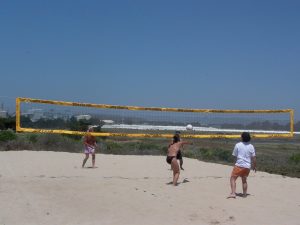
Indeed, in true California State University fashion, all of this construction activity conformed with the MLML Program Plan 2000-2010, in which it was stated that one of the “Goals of the MLML Student Body,” in addition to: 1) returning fees from home campus coming to MLML; 2) continuing the MLML Seminar Series; 3) continuing the Open House; and 4) collaborating with the Friends of MLML for sales of retail products; were to include 5) “Development of extramural facilities including the volleyball court, the student body lounge and programs in support of recreation: (kayaking, diving, photography).”
Unfortunately, there has been little beach volleyball played on the court that Foster built in the early 2000s . Some beach volleyball has continued to occur at the MBARI sand court , where there are several excellent players. Some MLMLers still go down and play with them occasionally. And, we understand that interest in reviving beach volleyball at MLML on the hill is increasing.
There is still a need for physical activities at MLML. One graduate student said that “It's a funny thing but prior to coming to MLML I was a shy, introverted, completely non-athletic person. The people at MLML gave me confidence to grow not just in science and socially, but also athletically. It did a lot for me…”
I agree with that statement and sentiment, and, will end this blog with a quote from Mike Foster – “V-ball at MLML - a fine tradition and good times that, as you say, should be revived. Maybe something will get going at the 50th? No doubt we could still stumble on the court for at least a few serves and perhaps a scuzz dink.”
Jim Harvey addition: Current students, lead by Alex Olson, have just recently started clearing and using the volleyball court on the hill. So Foster's wish is coming true.


